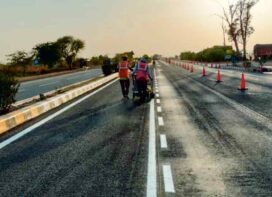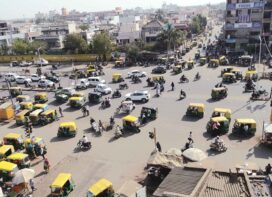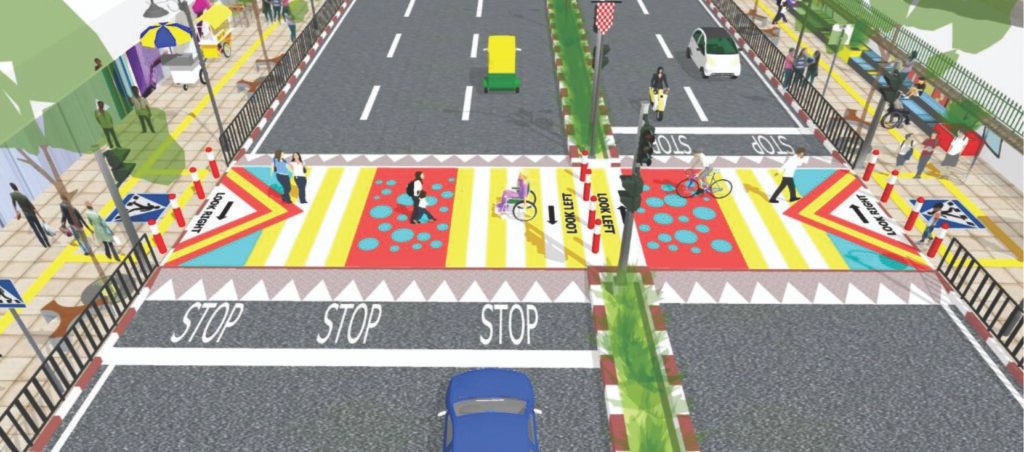
Creating safe school zones is essential to protect our children. Many organizations in the country and abroad are working in this direction. Dr. V K Gahlot, Urban Transport Expert writes about the initiatives in Rajasthan to transform school zones
MoRTH’s analysis of accident data for the last five years shows that Rajasthan ranks 5th in the country. If we look at the age-wise statistics, we are losing about nine thousand children in 20000 accidents every year. Children involved in accidents and injured are 2 to 3 times more than those who die. Data shows that five- year-olds have the highest number of stunted children followed by 10-year- olds and 15-year-olds. This clearly shows that all are children of school and college going age. We are losing our future generation in road accidents every day.
Road accidents are happening more on State Highways than on National Highways, mainly on straight roads of residential and commercial areas of cities. Colleges and schools open prominently on main roads.
Inspired by WRI, the Center for Research and Sustainable Development (CFRSD) has launched the Safe School- Safe World by 2023 project in Rajastan. A pilot project has been started in Bikaner district of western Rajasthan and under this program, seven schools and colleges have been selected
During reconnaissance survey for road safety audit, it is observed that most of the schools were missing pedestrian crossings, footpaths, speed limit signs etc. making school zone more vulnerable.
Transforming School Zones
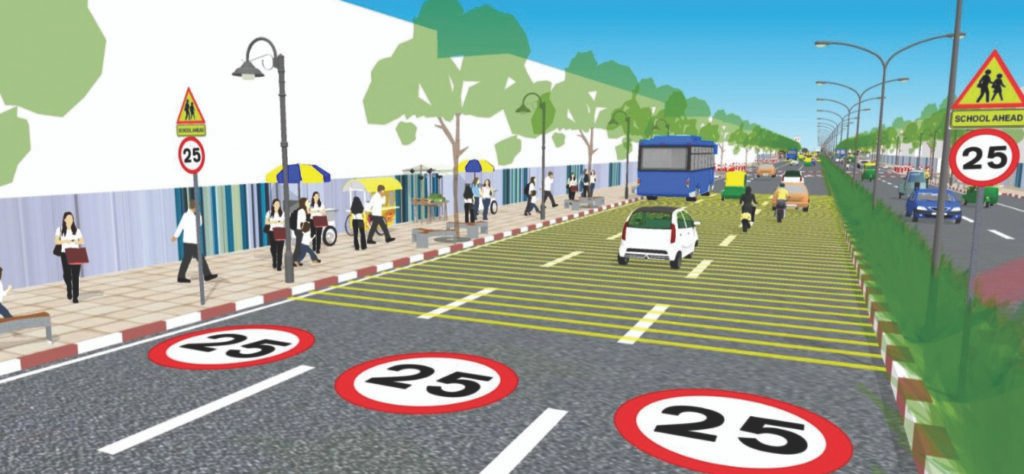
Delineation of School Zones
School Zones in our context mainly refers to the area from outside a school’s entrance to the nearest public transport stop. The zones ensure that students feel safe and confident walking to school. Those coming from further away can be dropped off by parents at the edge of the zone and walk the final stretch to school. For this pilot project in Rajasthan, the school zone is defined as an approximately 250-meter stretch that provides foot and car access to the students.
Road Markings and Signage
Road markings ensure a smooth and orderly flow of traffic. The start of the zones are depicted with signs on the road that said “School Zone” and “School Zone Ahead.” Other signs indicated pedestrian crossings, including “Slow Down” and “Stop” at appropriate locations such as intersections and crossings.
Table-Top Pedestrian Crossings
Vibrant table-top pedestrian crossings are combined with colorful patterns that increase awareness by street users. The tabletop crossing will be made using colourful paint directly outside the school’s entrance. The vibrant colors will help children to identify areas to cross safely as well as alert motorists that they must stop and give way to pedestrians, especially school children.
Footpath Bulb-Outs
Footpath Bulb-outs are extensions to footpaths that help reduce the crossing distance of a street and limit waiting pedestrians’ exposure to moving vehicles. At crossing stretches, bulb-outs will be provided at locations where children usually wait. These bulb-outs also will help in reducing speed on average by 2-6 km per hour by narrowing the width of vehicle lanes.
Speed-Calming measures
Speed-calming measures are essential at all locations where pedestrians are likely to encounter moving vehicles, especially at intersections that lack signals and crossings. As the speed of a vehicle increases, the driver’s field of vision narrows, making it harder for them to see small children or react to sudden events, like a child running into the street. Children generally have a limited understanding of speed, and their cognitive skills are also still developing. The speed limit restriction of 25 Kmph is safe for School Zones.
Informative and Continuous Footpaths
It is important to also consider how streets look from a child’s perspective to understand their pathways. In this school zone, the design included colorful pavement markings, guide strips on footpaths and simple road markings to enhance children’s experience on foot. The markings directed children to the school entrance and public spaces in the school zone. The guide strips delineated a clear walking zone on the footpath and directed children to safety with a colorful sign.
Evaluation of the School Zone transformation and the way forward
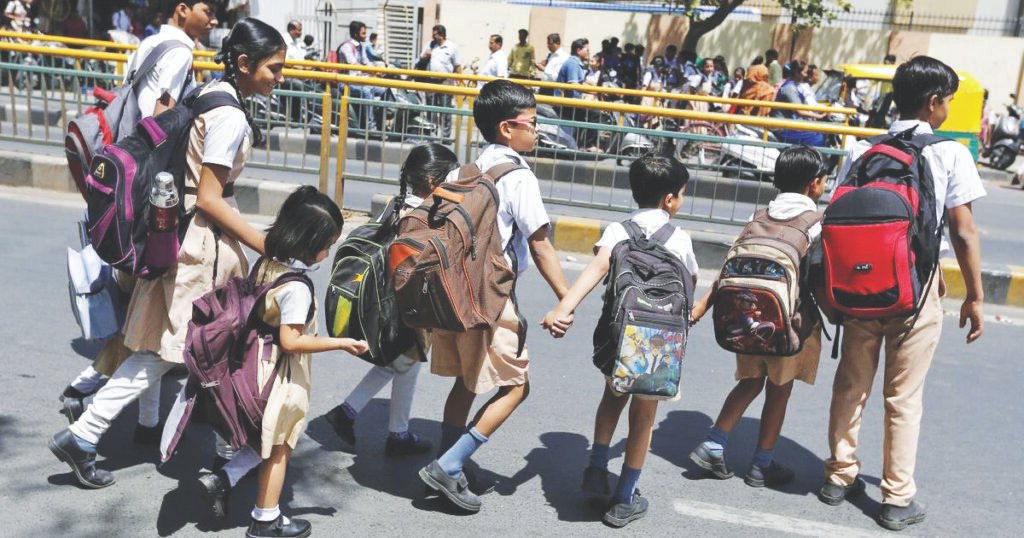
Students and parents were surveyed before the trials. These included children, pedestrians, local business operators, bus drivers, auto drivers and motorists. The survey revealed that 91% of motorists found crossing road difficult in morning and afternoon sessions, similarly 10% bus drivers violated pedestrian crossing during stoppage of bus, 98% of parents felt the street was unsafe during road crossings and 93% of children felt the street was not easily accessible.
The success of the pilot project of Bikaner District will help to demonstrate to the school and local authorities how small changes in street design around schools can significantly improve safety for children. It will also show the path to the Education
Department, Municipal Corporations/ Councils/ Development Authorities of Rajasthan to present as a model for the permanent transformation of this street into a child- friendly school zone. This pilot project will also lead to the state of Rajasthan starting mission around scaling up and introducing safer school zones in other cities across the state. The proposal of innovative concept for developing Safe School Zones has been forwarded to Government of Rajasthan for replicating across all cities.
We hope school safety projects can encourage more children to walk or cycle, which will help them adopt healthier, more active lifestyles, while also reducing carbon emissions and air pollution.
 TrafficInfraTech Magazine Linking People Places & Progress
TrafficInfraTech Magazine Linking People Places & Progress
